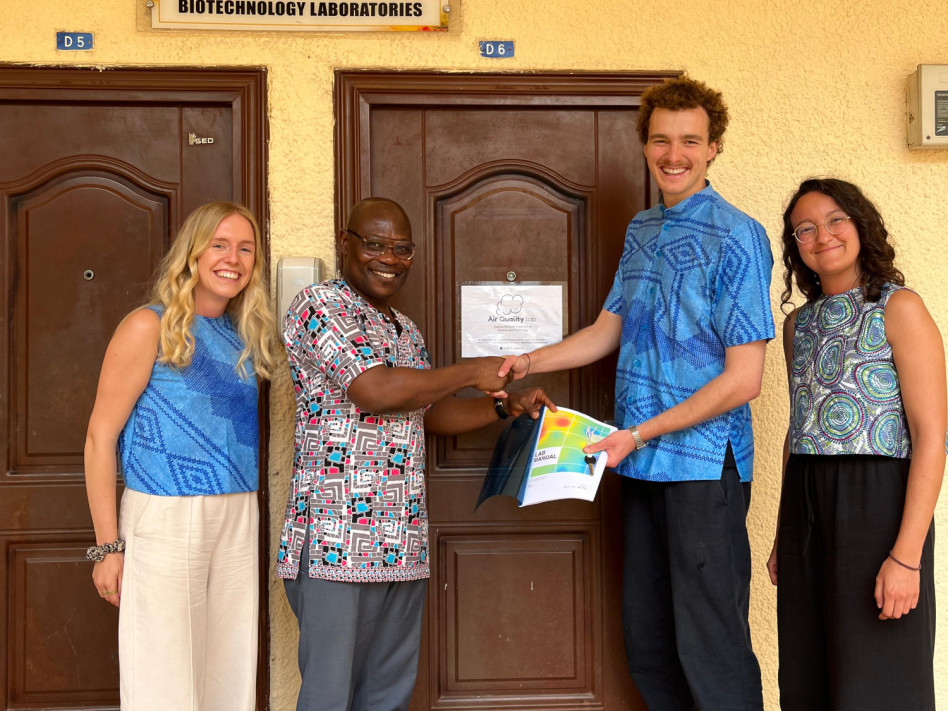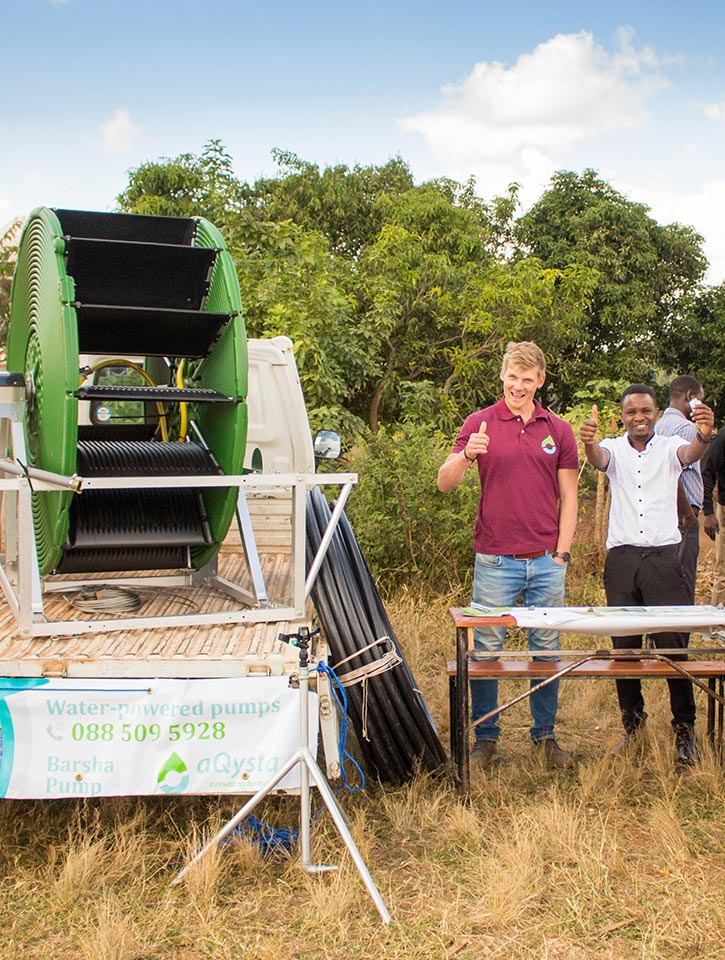After seven weeks in Kumasi, we wrapped up our project at KNUST, where we partnered with teaching assistants Philip, Emmanuel, and Phiona from the Chemical Engineering Department to establish West Africa’s first NO₂ measurement network and laboratory. Together, we completed the first full analysis cycle—proving that the lab can produce reliable air quality data for Kumasi and, potentially, the whole of Ghana. It’s a critical step toward making air pollution visible and actionable.
Air pollution is often invisible, but its impact is not. That’s why we focused on creating low-cost, locally made diffusion tubes, now collecting data at 20 sites across Kumasi. The results, validated by a Dutch lab, showed that NO₂ levels exceeded the WHO guideline of 10 µg/m³ at every site, some up to 7 or 8 times higher, highlighting just how urgent this work is.
Now that we're back in the Netherlands, the lab and network will continue under the leadership of Philip, Emmanuel, and Phiona. Beyond the physical setup, we’ve built capacity: a team equipped to keep the data flowing, month after month, and a lab embedded in KNUST that will serve as a learning platform for students in both the Chemical Engineering and Meteorology & Climate Science departments.
While such data often leads to policy shifts in Europe, expecting immediate government action in Ghana overlooks the local context. That’s why embedding the lab within KNUST matters—it allows this data to reach schools and communities, creating awareness from the ground up and laying the groundwork for long-term change.

